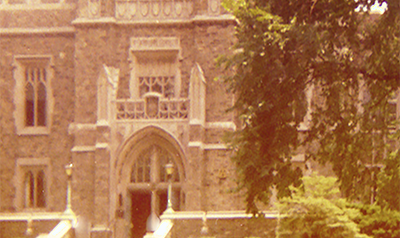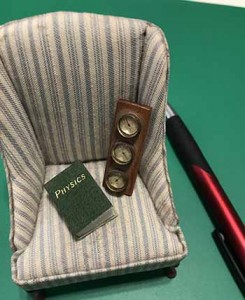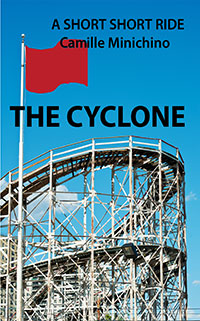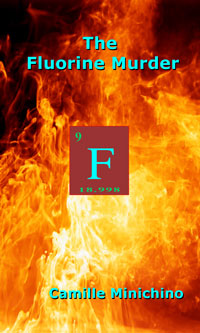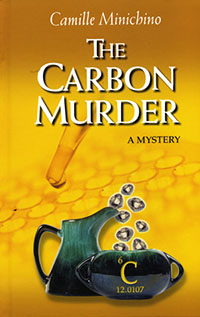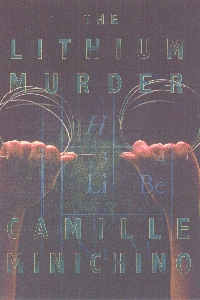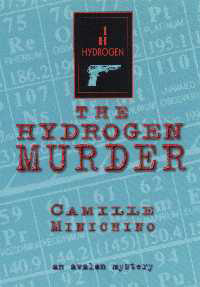
Yes, it’s time to pull out the old story. You may already have seen it in my newsletter, but here it is again with maybe slightly different numbers. They are, after all, just estimates. In a given year, who knows how many naughties vs. nices there might be?
🎁🎁🎁

There are about 2 billion children in the world and even at one toy each, we have something like 400,000 tons traveling at 650 miles per second to get around world in one night.
A simple calculation shows that Santa has 1/1000th of a second to pull up on a roof, park his sleigh, hop out, climb down the chimney, figure out who’s naughty and nice, distribute the presents, eat a snack, and say Ho, Ho, Ho, all without waking the household. Then he goes back up the chimney, gets back into the sleigh, dusts off his suit, and moves on to the next house.
Not just exhausting, but physically impossible?
Even though there’s not a lot of sleigh traffic up there, it does not seem a feasible trip.
But the naysayers are way behind the times. Have they never heard of worm holes? Wormholes are features of space-time that allow a shortcut through the universe.
Imagine you’re standing in a long line at the post office. You’re at one end of the room and the clerk is at the other. Now imagine a piece of paper with a stick figure representing you at one corner, and a figure at the diagonally opposite corner to represent the clerk. Fold the paper so that your stick figure is on top of the clerk’s.
See? You’ve just taken a shortcut to the head of the line.
In another version of worm hole demonstration, dots are placed at opposite corners of a piece of paper, the paper is folded, having the dots touch, and the same effect is seen.
That’s what Santa does. With a little math and a dash of relativity theory we can show that, in fact, with every stop, Santa can come out of the chimney before he gets in!
No problem making all those stops.
So, yes, Virginia, relatively speaking, Santa can do it!
🎁🎁🎁
 Filed Under :
Filed Under :  Dec.16,2020
Dec.16,2020 Tags :
Tags : 
